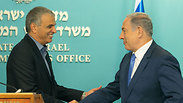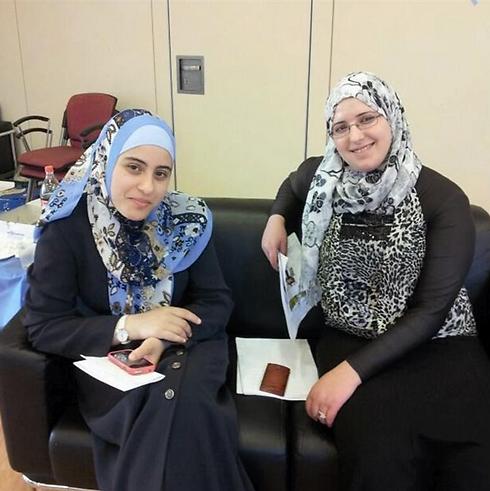
Despite Israel's impressive employment growth rate, Haredi men and Arab women's employment rates remain low and the government has set clear objectives to reverse this situation, a breakdown of the government's budget bill reveals.
The growth in the Israeli employment rate has been a crucial part of the economy's ability to keep its average growth, even during a worldwide financial crisis, and has aided in lowering the quality of life gap between Israel and other developed countries.
In what is one of the more beneficial economic developments in Israel's economy in the last decade – the employment rate for Israelis aged 25-64 has risen from about 66.9% in the year 2000 to about 70% in 2007, and 75.5% in 2014. In 2014, the 25-64 employment rate in Israel is around 3.7% higher than the OECD average. Meanwhile, there was a significant decline in unemployment, which went from around 13.6% in 2003 to around 7% in 2011m and around 5.9% in 2014.
The Finance Ministry attributes the rise in employment to arise in level of education among the population, and the reduction in welfare support programs that do not include employment as a requirement, while replacing them with programs that encourage people to find work.
But questions arise regarding Israel's reliance on its employment rate as an engine for growth and the closing of societal gaps, especially during a period when recession seems just around the corner.
Growth inhibitors: Haredi men and Arab women
Despite the impressive rise in employment rates over the past decade, there remain two sectors in which employment rates are particularly low: Haredi men and Arab women. The employment rate among Haredi men in 2014 was 45%, compared to 75% among Arab men, 86% among Jewish men and 81% on average in the OECD. The employment rate among Arab women was 33%, compared to 71% among Orthodox women, 80% among Jewish women, and 63% on average in the OECD.
The natural birth rate of the Arab and Haredi population in Israel is higher than that of the non-Haredi Jewish population. Consequently, employment rates are lower for these populations over time, and causes a decrease in the general employment rate. The budget proposed by the Economy Ministry, responsible for employment, included a warning that if the government does not act to increase the employment rate of Arab women and Haredi men, the overall employment rate will drop by 2% in 2020.
"Due to these demographic trends," according to the draft budget, "The alternative (to raising the employment rate of Haredis and Arabs) is not sticking to current employment rates, but a significant decline in employment rates and the level of per capita GDP, and at the same time - a significant expansion of social disparities and inequalities".
To illustrate the magnitude of the challenge facing the Economy Ministry, the Finance Minstry brought up the government decision of 2010, which determined targets to increase the employment rate by 2020. That decision stated that achieving the goals the government set for itself would lead to an increase of 0.7% (or NIS 7 billion ) in GDP.
As of 2014 the government has stuck to the targets it set for itself to increase the employment rate among non-Haredi Jews. Among Arab men the employment rate is already close to the target set for 2020 and it seems likely that they will attain this. Among Haredi women, the employment rate is now higher than the target set for 2020 and has proven to be a real success story. But among Arab women and Haredi men there is a significant gap between the objectives and the current situation, a gap that the Economy Ministry will have a hard time coping with unless a strategic plan is directed to this end.
The employment target for 2020 is 63% for Haredi men and 41% for Arab women. In other words, over the next six years a 12% increase in the employment rate for Haredi men, and an 8% increase in the employment rate of Arab women. To give a clear illustration, during the six years between 2008 and 2014, the employment rate of ultra-Orthodox men increased by just 5%. Among Arab women, the employment rate increased in those years by 10%, in other words, the goal is achievable.
The Economy Ministry said that "meeting the employment targets set by the government is a significant challenge that is at the center of the Economy Minstry's activities. Accordingly, the ministry utilizes a wide variety of tools to both encourage the employment of Haredi men and Arab women, including infrastructure guidance spread throughout the country, vocational training in a variety of topics, workshops and occupational assessments, encouraging engineering studies, assistance to students and others, and providing incentives to employers to employ staff from the target population. The range of our tools is bearing fruit recently, and we have witnessed thousands among the target populations joining these networks, and integrating into the labor market."


















